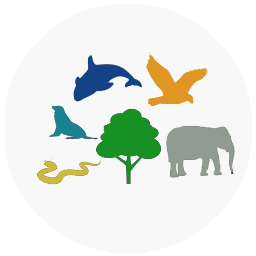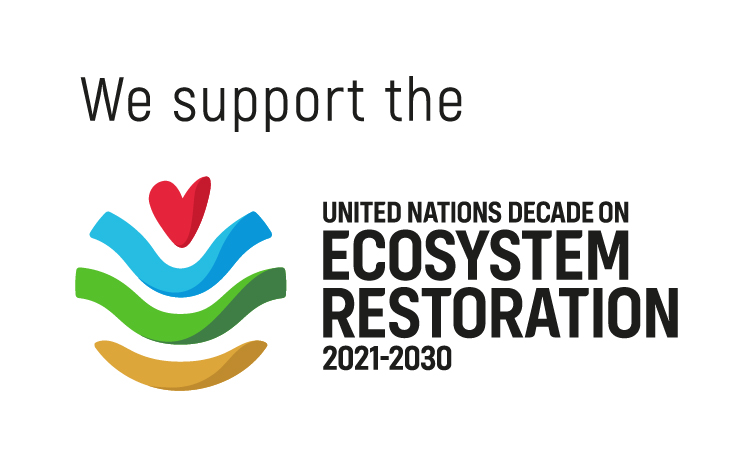Trees for Villagers™
Karnataka, India
Project Purpose
Trees for Rural Communities™Location

Plantation of trees on the community lands of the upper catchments of Papagni River, in the villages of Venkatakrishnahalli, G Cherlopalli, Laxmipura Grama Panchayat, Bajjapura, Chinnampalli, Guvvalavaripalli, Mittemari, Kallarolapalli, Kothakotavandlapalli, Gaddampalli, G Nakalahalli, and Gadlichinta of Kolar and Chikkaballapur Districts in Chintamani, Karnataka, India.

Enhancement of
Biodiversity

Groundwater
Recharge

Increase in
Green Cover

Generation of
Rural Employment

Control Soil Erosion
Why Trees?
Non-Timber Forest Produces (NTFPs) like fruit, fodder, fuel, raisins, bark, gum, wood, etc. provide for the domestic needs of the community while also forming basic raw materials for small and micro-enterprises. These will support the rural communities financially, incorporating their socio-economic sustainability. It will further contribute to poverty alleviation by generating proper income for the community. The importance of trees for the upliftment of the rural communities in Chintamani has also been highlighted in Jason Donovan’s article, ‘The business side of sustainable forest management: Small and medium forest enterprise development for poverty reduction’, which was published by the Overseas Development Institute and the Swedish International Development Cooperation Agency. According to The Hindu’s report on the role of native trees in providing protection against natural disasters, dated 13th December 2016, “The topsoil, essential for the survival of human beings incessantly eroded by the natural agents like wind and water in the absence of tree cover. The native trees conserve them against such adversities.”
Moreover, The 5th September 2018 issue of the Hindu mentions the economic losses endured by Karnataka due to soil loss. Hence, owing to the various factors, the need for planting cannot be ignored in order to bring harmony in the lives of the rural communities as well as the wildlife prominent in the region. The plantation activity initiated in Karnataka will render in the larger goal of building a safer and healthier ecosystem.
Tree Species
Jam (Acacia Acuminata), Black Plum (Syzygium Cumini), Sal (Shorea Robusta), Seemathangadi (Alstonia Scholaris), Karanj (Millettia Pinnata), Arjuna (Terminalia Arjuna), Ashoka (Saraca Asoca), Neem (Azadhirachta Indica), Indian Fig (Ficus Racemosa), Saras (Albizia Lebbeck), Kamara (Hardwickia Binata), And Custard Apple (Annona Reticulata).
Social Impact
The non-timber forest resources will increase, providing for the local communities' personal consumption and for selling the surplus in local markets. The leaves of Butea for crafting leaf plates, grass for making broomsticks, berries, etc. will provide commercial opportunities to build a small-scale forest-based industry, thus, providing a steady income source to the forest dwellers. The continuous regeneration of the trees will ensure the steady flow of resources ensuring stainability. The trees, when mature, will provide food and fodder to the cattle, thus, preventing them from venturing inside the forest in the territories of the wild animals. Tree plantation will also aid in the reduction of soil erosion, improvement in water levels, absorbing carbon and regulating the environment.
| Name of the Company | Number of Trees Adopted | Year |
|---|---|---|
| HDFC Mutual Fund | 36,993 | FY 2021-22 |










